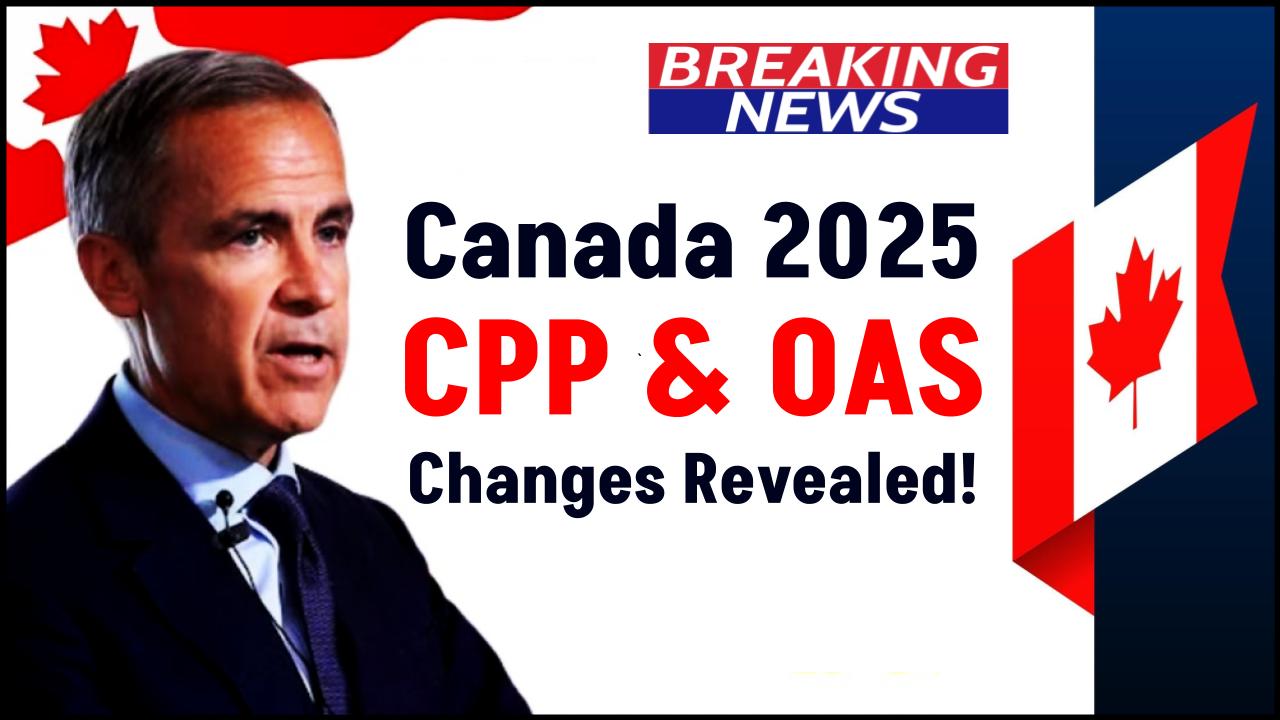Trump Tax Plan 2025: President Donald Trump has unveiled his 2025 tax proposal, a sweeping package nicknamed the “One Big Beautiful Bill.” While the title sounds charming, the contents of this tax plan are far more complex and could impact nearly every American’s paycheck. Whether you’re a retiree, a single parent, a high-income executive, or a first-time car buyer, this bill contains changes that might affect your take-home pay, savings, and federal benefits. Let’s break down what this proposed legislation could mean for you—in simple, practical terms.

Trump Tax Plan 2025
| Feature | Details | Sources |
|---|---|---|
| Extension of 2017 Tax Cuts | Makes individual cuts from TCJA permanent | Wikipedia |
| Overtime and Tips Exemption | Income from overtime and tips exempt from federal tax (2025–2028) | MarketWatch |
| Auto Loan Deduction | Up to $10,000 for domestic vehicle loan interest | MarketWatch |
| Senior Bonus | $4,000 deduction for seniors 65+ | MarketWatch |
| Child Tax Credit | Increased from $2,000 to $2,500 per child | WSJ |
| MAGA Accounts | $1,000 baby savings for kids born 2025-2028 | Tax Foundation |
| SALT Deduction | Cap increased from $10,000 to $30,000 | MarketWatch |
The Trump Tax Plan 2025 introduces sweeping changes designed to put more cash in Americans’ pockets—but not without long-term consequences. While it favors working families, seniors, and high earners, its temporary nature and potential cuts to federal programs suggest a need for caution. By understanding how this legislation affects your unique situation, you can take advantage of the benefits while planning for the future.
Understanding the Core of the Trump Tax Plan
What Are the Main Goals of the Plan?
At its core, the 2025 Trump tax plan aims to:
- Lower income tax burdens for most Americans
- Stimulate consumer spending through deductions
- Encourage family savings and domestic car purchases
- Appeal to senior voters by providing age-based deductions But, as with any tax overhaul, the devil is in the details.
1. The Return of the 2017 Tax Cuts
Originally enacted through the Tax Cuts and Jobs Act (TCJA), these cuts are set to expire in 2025. Trump’s plan makes them permanent, preserving:
- Lower federal tax rates
- Doubling of the standard deduction
- Limits on itemized deductions for the wealthy
For context, the standard deduction for a married couple filing jointly would remain at $27,700. That means less of your income is taxed overall.
2. Targeted Deductions: Who Stands to Gain?
Overtime and Tips: Income from these sources would be completely tax-free from 2025 to 2028. That’s a significant break for hourly workers in food service, healthcare, or retail. Auto Loan Interest: If you finance a U.S.-assembled vehicle, you can deduct up to $10,000 in interest. Senior Bonus: Seniors aged 65+ could deduct $4,000 from their taxable income, with income limits applied to avoid wealthy households benefiting disproportionately. Child Tax Credit: This would increase to $2,500 per child, giving families more relief during back-to-school season or holiday spending. MAGA Accounts: Parents would receive a $1,000 federal deposit into a savings account for each child born between 2025 and 2028.
Who Benefits Most?
According to the Tax Policy Center:
- High earners (>$1M/year): +4.3% increase in after-tax income
- Middle-income earners: Modest gains, highly dependent on deductions
- Low-income earners: 0.6% gain (around $90/year) This means that while most Americans would benefit, wealthier taxpayers get the largest percentage boost.
The Flip Side: Potential Drawbacks
1. Many Provisions Are Temporary
The overtime/tips exemption and senior bonuses only last until 2028. Without future legislation, your tax bill could spike after that.
2. Budget Deficit Could Balloon
The Congressional Budget Office estimates this bill could add $4.5–$5.7 trillion to the national debt over the next 10 years.
3. Cuts to Safety Nets
To balance the budget, spending would be cut from programs like:
- Medicaid
- SNAP (food assistance)
- Clean energy tax credits These cuts may disproportionately affect lower-income families.
Practical Advice: What Should You Do Now?
1. Review Your Income and Deductions
If you earn hourly wages or rely on tips, this plan could put real money back in your pocket. Prepare to adjust withholdings or reevaluate how you report income.
2. Consider Major Purchases
Buying a domestic vehicle? Waiting until 2025 might qualify you for that $10,000 deduction.
3. Plan Around Expiry Dates
Many benefits end in 2028. Consider front-loading deductions, savings, or purchases to maximize tax advantages.
FAQs on Trump Tax Plan 2025
Q1: Will my paycheck go up in 2025?
A: Likely, yes—especially if you qualify for the extended TCJA cuts or the new deductions.
Q2: Are these tax breaks permanent?
A: Not all. Many expire in 2028, which could lead to future tax increases.
Q3: How will this affect federal programs?
A: Programs like Medicaid and SNAP may see funding cuts, which could impact access and eligibility.
Q4: Should I change my tax filing strategy?
A: Possibly. Consult a tax advisor to optimize for the new deductions and phaseouts.
Q5: Where can I learn more?
A: Visit the IRS website or Tax Policy Center.





